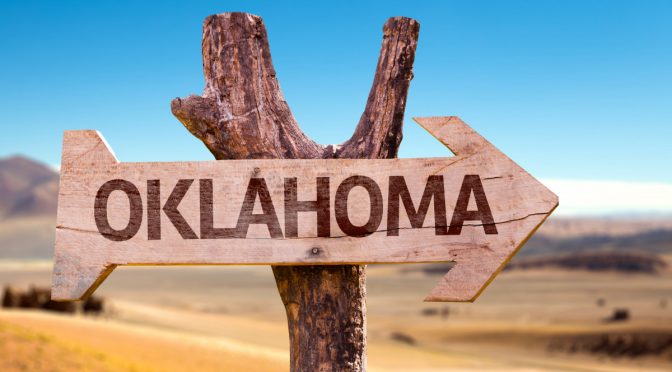In 2018, Oklahoma Senator James Lankford warned of the medical marijuana question on the state ballot: “This state question is being sold to Oklahomans as a compassionate medical marijuana bill by outside groups that actually want access to recreational marijuana.”
The time has come, and Oklahomans will vote next month on Question 820, a marijuana legalization and commercialization bill. The State Supreme Court ruled that the ballot could not be included in the 2022 midterm election. Governor Kevin Stitt set the date for March 7.
By December 31, 2022, five donors gave over $3.2 million in support of legalizing marijuana, a big commercial enterprise. According to Ballotpedia, the opposition had not yet raised money. However, Protect Our Kids PAC is currently raising funds to oppose the ballot.
“Most of us have seen first-hand the damage done to families and our communities from recreational marijuana use,” Sen. Lankford said in his 2018 press release. Lankford won his re-election in November with 64% of the vote.
Two tragedies, 10 deaths last year
Last year Oklahomans experienced two horrific tragedies related to marijuana in their state. Both events would have been unthinkable without Oklahoma’s extensive medical marijuana program and the current legalization advocacy.
On March 22, 2022, a teen-aged girl drove with 5 friends crowded into a car during lunch break. Her small vehicle crashed into a very large truck tractor, resulting in the death of 6 teen girls. The 16-year-old driver “tested negative for alcohol but positive for cannabis after her death, according to a preliminary report.” The truck driver was not impaired by alcohol or drugs.
The second incident occurred on November 21 when a man killed 4 farm workers at a 10-acre marijuana farm near Hennessey. The victims and the shooter, who demanded $300,000 for his investment, were Chinese nationals. The farm operated under an illegally obtained license to grow marijuana for medical purposes. Similar events occur in rural California, but the problem increased after marijuana legalization in 2016. In September 2021, seven Laotian nationals were killed on a California marijuana grow site that had been operating under the radar. The Los Angeles Times published a series of articles on the problems with California’s failing legalization program, Legal Weed – Broken Promises.
Traffic deaths rise after marijuana legalization
Although marijuana advocates claim that cannabis doesn’t impair driving ability, the data tells a different story. The number of fatal crashes caused by drivers testing positive for THC goes up after a state legalizes marijuana, compared to states without legalization.
Oklahoma’s tragedy echoes other tragedies across the country in which teens drove under the influence of marijuana and their friends lost their lives. Legalization decreases the perception of harm, and teens develop a false conception of marijuana as a safe drug. Countless deaths of multiple teens per crash have occurred since about 2012, when the legalization campaigns entered politics.
Colorado and Washington, the first two states to legalize marijuana, saw significant rises in traffic deaths and traffic fatalities related to THC. In Illinois, the increase in traffic deaths was extreme after legalization, up 25%, since cannabis shops opened on January 1, 2020. (In 2022, Illinois fatalities rose 33% higher than they were in 2019, but fortunately the rate came down a little last year.)
An increase in child abuse deaths should also be considered
In the three states that track specific drugs and substances connected to child abuse deaths, marijuana leads the pack. It causes more deaths than alcohol, meth, cocaine and, heroin.
Across the country, Parents Opposed to Pot has recorded 300 child abuse deaths related to caregivers’ marijuana use. We’ve tracked incidences over the past decade, since the first two states voted to legalize recreational marijuana.
Six of these deaths occurred in Oklahoma.
In one heartbreaking case, two-year-old Jamie Murdock had trouble breathing. She was taken to two hospitals, but couldn’t be saved. The injuries on her body showed signs of physical abuse, but she also tested positive for THC. “Police say the amounts indicate she would’ve ingested the drugs, not secondhand smoke.” The mother and her boyfriend admitted to keeping marijuana in their home, according to a police report.
Pot users, as parents, tend to be careless and lack the sense of importance needed to care for minor children. Legalization led to a nationwide increase in child poisonings from THC, with over 3,000 cases in 2021.
In January 2014, after marijuana shops opened for recreational use in Colorado, the deaths of three toddlers were in the local news. (Two died in a hot car and one died in a fire, each while parents were using pot.) The national press chose to ignore the story and report about the money to be made from marijuana.
Legalization with commercialization makes it more acceptable for parents to use pot, and even encourages it. As teens have less perception of harm with legalization, the same holds true for young adults.

